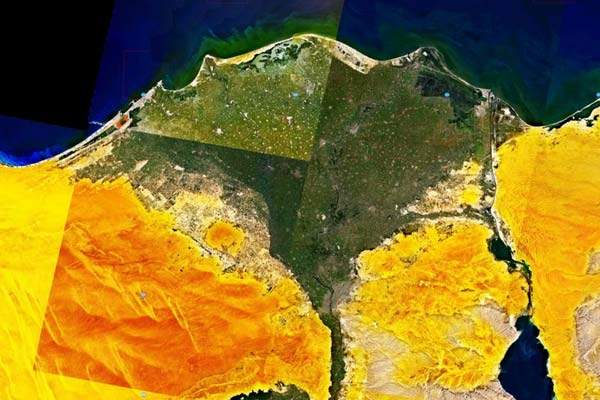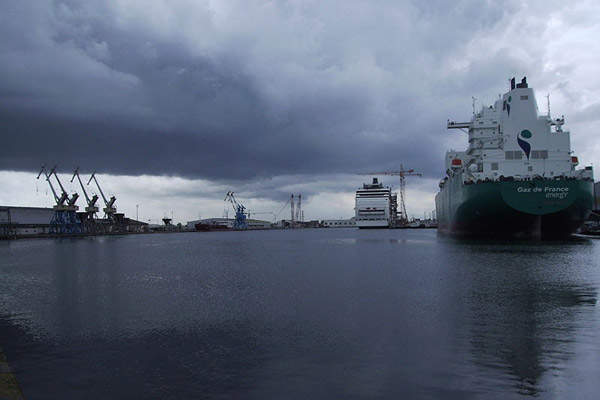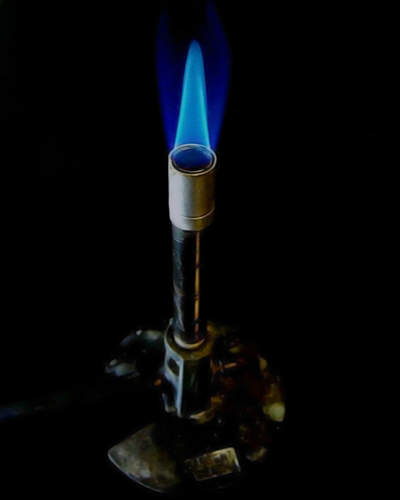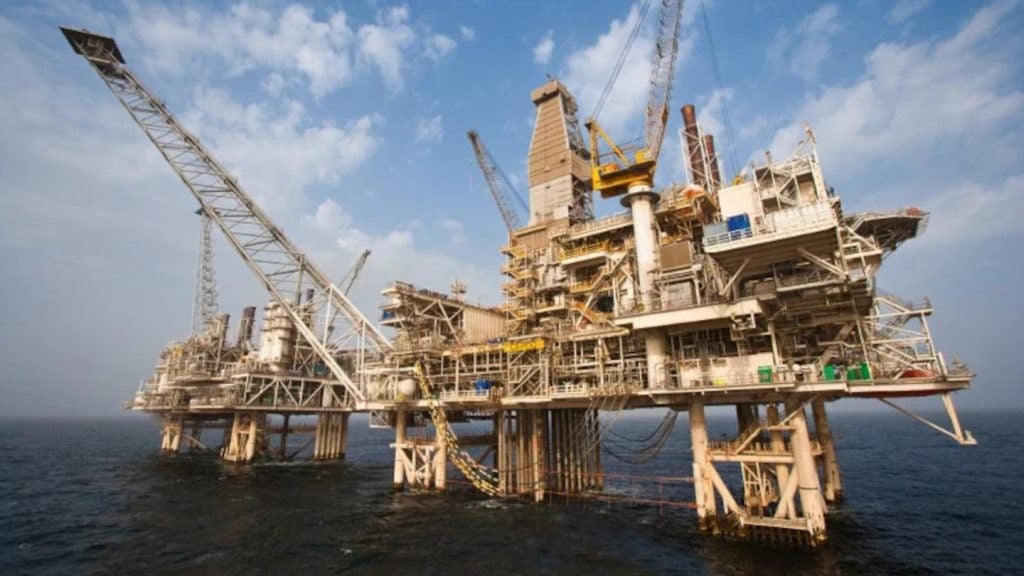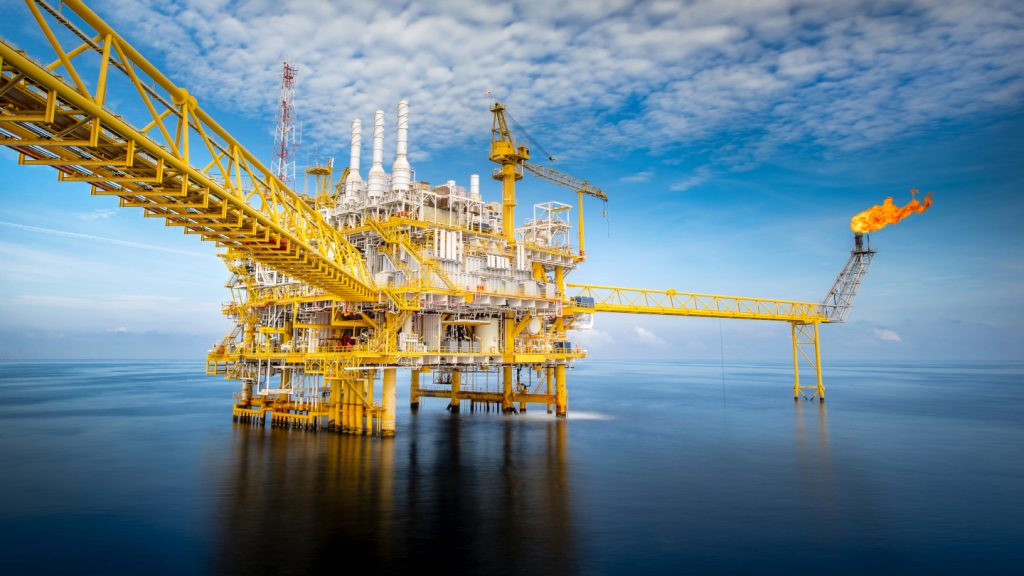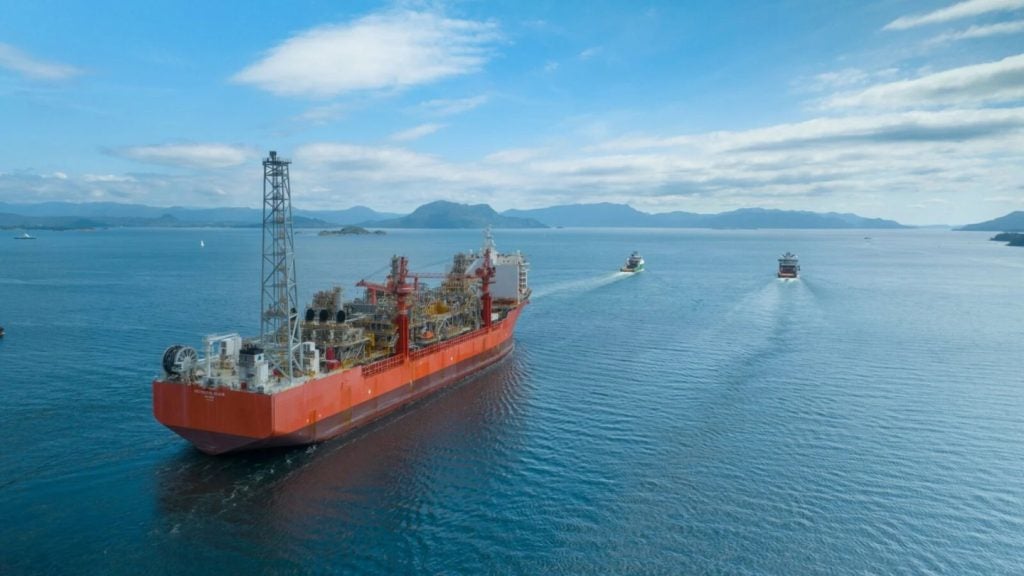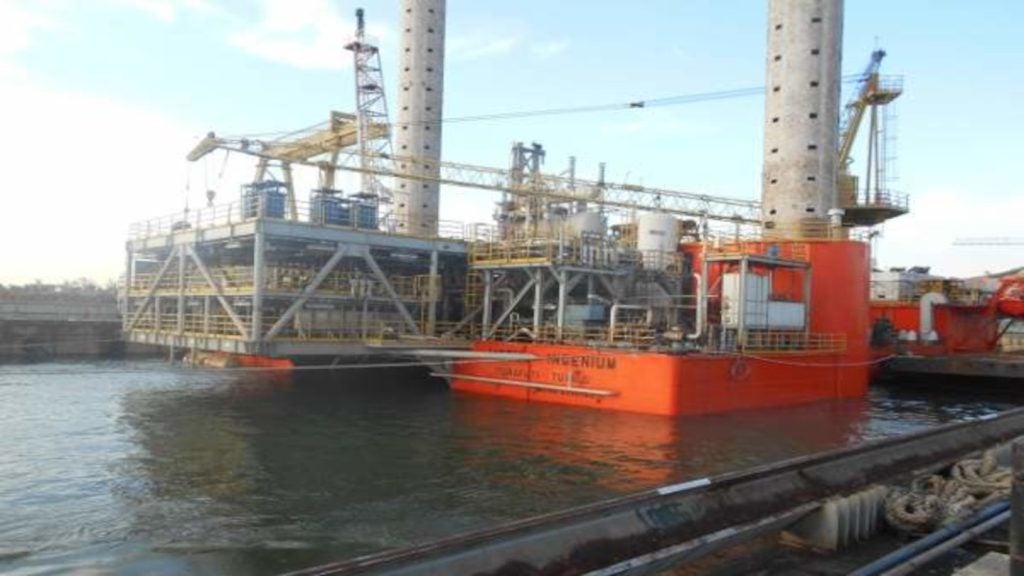The West El Burullus Concession is a natural gas deposit located in the Nile Delta, Mediterranean Sea, offshore Egypt. Gaz de France, the operating company, obtained an exploration and production licence for the concession from EGAS, national company of Egypt and the Egyptian Government in 2005.
Dana Petroleum, which had a 30% interest in the concession in 2006, increased its interest to 50% in 2007.
The licence covers an area of 1,364km² and the water depth is no more than 200m. The area is located close to the Rosetta and West Delta Deep Marine fields.
The first gas discovery at the concession was made in June 2008.
Nile Delta geology
The Nile Delta is a highly productive hydrocarbon basin and contains well-developed gas production and LNG infrastructure with potential for more new discoveries.
The production zones over delta marines are mainly of Pliocene age with gas-bearing reservoirs and the deeper Miocene plays.
3D seismic data from the licence area was collected through a survey in 2006. Drilling over the first discovery was carried out based on the data.
West El Burullus discovery
Two wells have been drilled over the concession area. The first discovery, West El Burullus-1 (WEB 1- X discovery), over the concession area was made in June 2008. The well was drilled to a depth of 2,403m with the objective of encountering the Pliocene prospect, comprising a turbidite sandstone channel system.
The well was drilled in water depth of 19m with Ocean Spur jack-up rig. Drill Stem Test (DST) for the reservoir sequence was completed and the well reported flow rate of around 27 million standard cubic feet of gas per day.
The second discovery over the concession was made in February 2010. The discovery comprised various additional prospects at shallow and deeper horizons. The second well, Papyrus-1X, was drilled to a total depth of 1,990m, in a water depth of around 20m. Drilling was carried out using the Atwood Aurora jack-up rig.
The second well focused on the Pliocene prospect, comprised of a turbiditic sand system. Good quality gas along with channel sands and a broad range of wireline log data was acquired from the reservoir section.
The well completed a multi-rate DST and reported a flow rate of 33 million standard cubic feet of gas per day. The flow rate of condensate was 442 barrels per day.
During the DST, the flow rates were restricted by drill stem test equipment, but the downhole pressure continued to be high during the test, showing the potential for other prospects over the concession.
Wireline log data collected from the wells will be further analysed and commercial viability of the discoveries is planned to be discussed among the owners and EGAS. Both wells have been suspended and will re-enter in future as gas production wells.
Dana also plans to explore new targets within deeper horizons, targeting Miocene and Oligocene prospects. A new well over the Bamboo prospect within the concession was spudded by the company on 25 February 2010.
The prospect is a major Miocene channel and it would take around three months to drill to the top reservoir.
Rigs and drilling in West El Burullus concession
The first well was drilled by the Ocean Spur rig. The jack-up rig is owned by Diamond Offshore and was built in 1981. The rig was upgraded in 1994. A three-legged rig, it can drill to a maximum depth of 20,000ft and can operate at a maximum depth of 300ft under water.
The second well was drilled by the Atwood Aurora jack-up at water depth of 20m. The rig is owned by Atwood Oceanics. It was constructed in 2008 by Keppel Fels at the Keppel AmFELS, Brownsville, Texas shipyard. It is an independent leg cantilever type jack-up and can accommodate 110 people.
The design of Atwood Aurora was based on LeTourneau’s SUPER 116 platform. The maximum depth that the rig can drill is 30,000ft and the maximum depth that it can operate under water is 350ft. The rig has been moved to the Bamboo prospect for further drilling.

